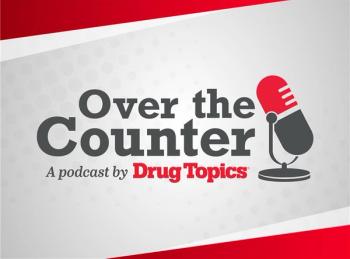
Q&A: Pharmacists Drive Better Insulin Outcomes Through Teamwork, Technology
Jennifer Clements, PharmD, FCCP, FADCES, BCPS, CDCES, BCACP, BC-ADM, discusses how pharmacists can collaborate with providers to optimize insulin therapy.
Pharmacists are essential partners in optimizing insulin therapy through collaboration and innovative technology use. By working closely with providers, they help fine-tune regimens, interpret glucose data, and address barriers such as cost and adherence. Using tools such as continuous glucose monitors and connected insulin pens, pharmacists educate patients, identify trends, and offer tailored recommendations. Their role in data interpretation, therapy adjustments, and patient empowerment enhances outcomes, reduces provider burden, and supports a more personalized and proactive approach to diabetes care.
Drug Topics recently sat down with Jennifer Clements, PharmD, FCCP, FADCES, BCPS, CDCES, BCACP, BC-ADM, director of pharmacy education at the University of South Carolina College of Pharmacy, to discuss how pharmacists can collaborate with providers to optimize insulin therapy to improve patient outcomes and leverage technology to better support patients on insulin therapy.
READ MORE:
Drug Topics: How can pharmacists work with providers to improve patient outcomes regarding insulin therapy?
Jennifer Clements, PharmD, FCCP, FADCES, BCPS, CDCES, BCACP, BC-ADM: Pharmacists can optimize insulin therapy and improve patient outcomes by collaborating with providers, leveraging their expertise in medication management. Pharmacists conduct comprehensive reviews to identify issues, such as inappropriate dosing, drug interactions, or [adverse] effects. They participate in interdisciplinary teams for shared decision-making, sharing insights on adherence barriers or lifestyle factors and suggesting evidence-based titration protocols. Pharmacists analyze glucose patterns from logs or continuous glucose monitors to identify trends and provide actionable recommendations, such as adjusting insulin to carbohydrate ratios or reducing doses to prevent hypoglycemia. Pharmacists can also advocate for patients by communicating cost barriers and proposing affordable alternatives like biosimilars or additional monitoring.
Pharmacists can educate providers on new insulin products or delivery devices, such as connected pens, and offer in-service training on administration techniques for care team consistency. Under collaborative practice agreements, pharmacists may initiate or adjust therapy with ordered labs to reduce provider burden and improve access. Regular communication via secure messaging or electronic health records and case conferences for complex patients ensures alignment on treatment goals.
Drug Topics: How can pharmacists take advantage of continuous glucose monitors or smart insulin pens, for example, to better support patients taking insulin therapy?
Clements: Pharmacists can leverage technology, such as continuous glucose monitors and connected insulin pens, to enhance insulin therapy management, improve adherence, and empower patients. Pharmacists can educate patients on using continuous glucose monitors to track real-time glucose levels, interpret trends, and identify hypo- or hyperglycemia triggers by reviewing reports. The data from continuous glucose monitors can serve as a motivational tool, visually demonstrating insulin’s impact on glucose control to reinforce adherence, while pharmacists assist with insurance or patient assistance programs to address cost barriers.
For connected insulin pens, pharmacists provide training on syncing with apps for dose tracking and reminders, using pen data to identify missed doses or timing issues and counseling on solutions [such as] mealtime dose reminders. Pairing connected pens with continuous glucose monitors can offer a comprehensive view of insulin delivery and glucose response for precise adjustments. Pharmacists recommend diabetes management apps that sync with the technology to log glucose, doses, meals, and activity, offering telehealth consultations to review data remotely and address barriers [such as] transportation.
Pharmacists can educate patients on hybrid closed-loop systems for automated dosing, support setup, and troubleshoot any issues. Pharmacists empower individuals living with diabetes by teaching them to use alerts and alarms on the continuous glucose monitors for proactive actions and encourage data sharing with providers for collaborative care.
READ MORE:
Ready to impress your pharmacy colleagues with the latest drug information, industry trends, and patient care tips? Sign up today for our
Newsletter
Pharmacy practice is always changing. Stay ahead of the curve with the Drug Topics newsletter and get the latest drug information, industry trends, and patient care tips.






































































































































